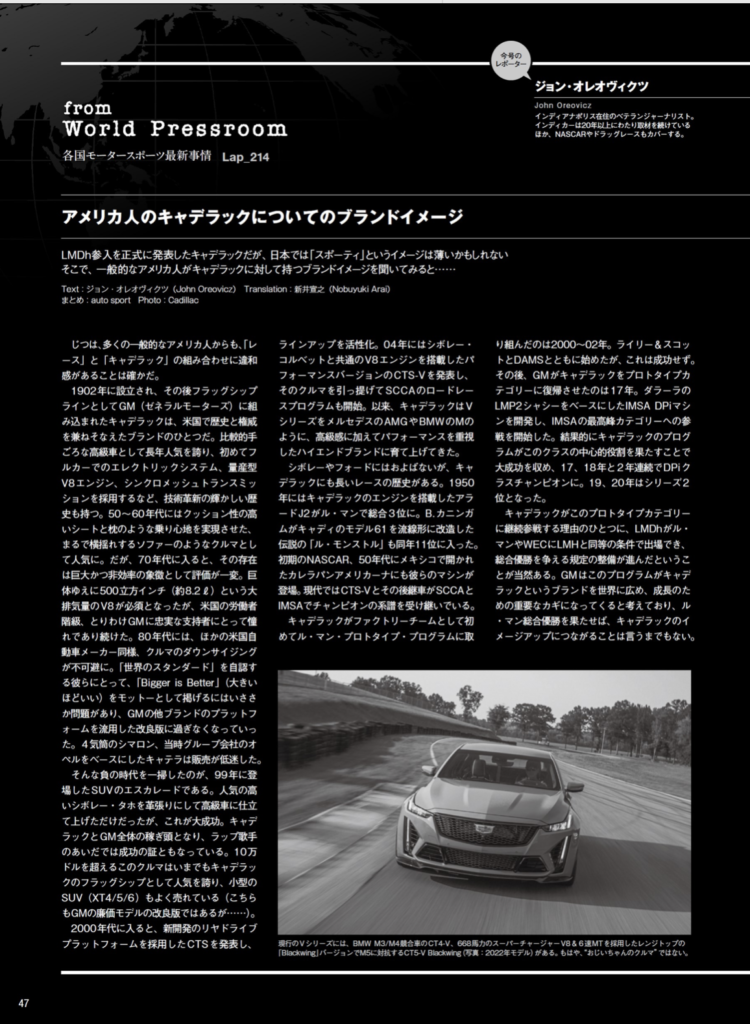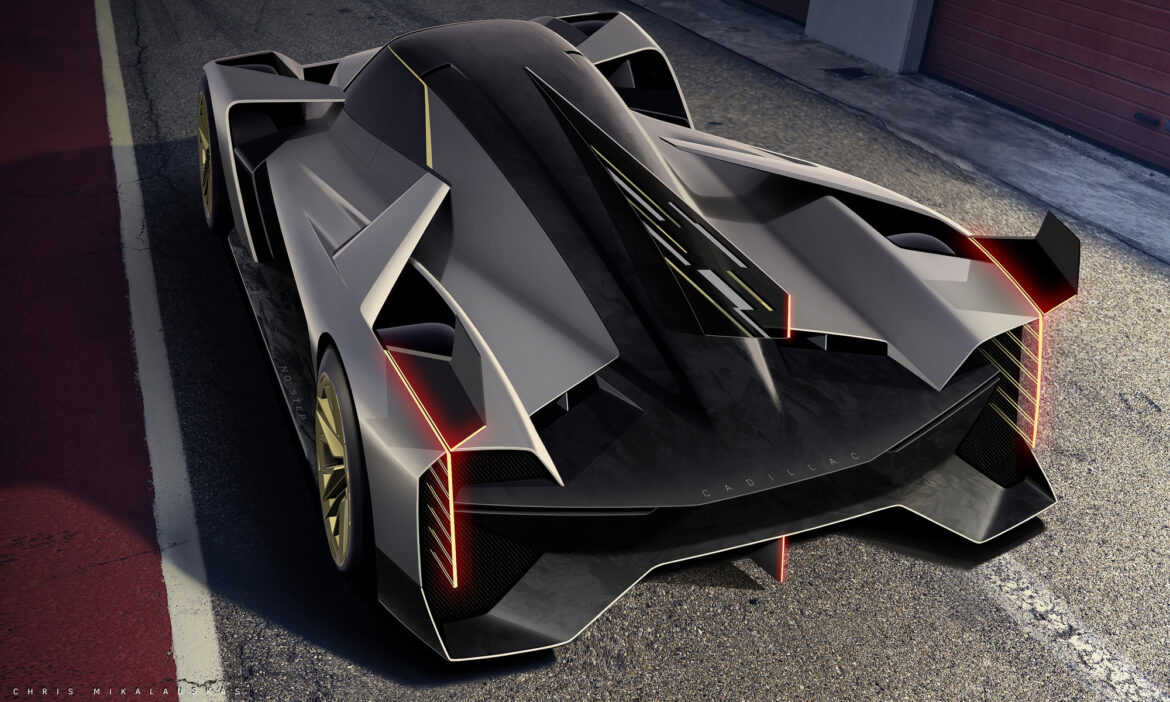Cadillac’s announcement of a 2023 LMDh prototype sports car program is obviously great news for IMSA and the FIA World Endurance Championship. But even for many Americans, the combination of “racing” and “Cadillac” still seems incongruent. Has any other automotive brand gone through a greater identity crisis?
Formed in 1902 and incorporated into General Motors as its flagship line in 1916, Cadillac is undoubtedly one of the USA’s most historic and prestigious marques. It made its reputation on relatively affordable luxury cars with a history of technical innovation, including the first full-car electrical system, mass-produced V-8 engine, and synchromesh transmission. Cadillac also pioneered the use of chrome plating and tail fins, and through the 1950s and ‘60s, the company’s cars became rolling sofas, with cushy upholstery and a pillowy ride. In the ‘70s, Cadillacs were simply huge and inefficient, requiring a 500-cubic inch V-8 for propulsion, but for working class Americans – especially GM loyalists – a Cadillac remained something to aspire to.
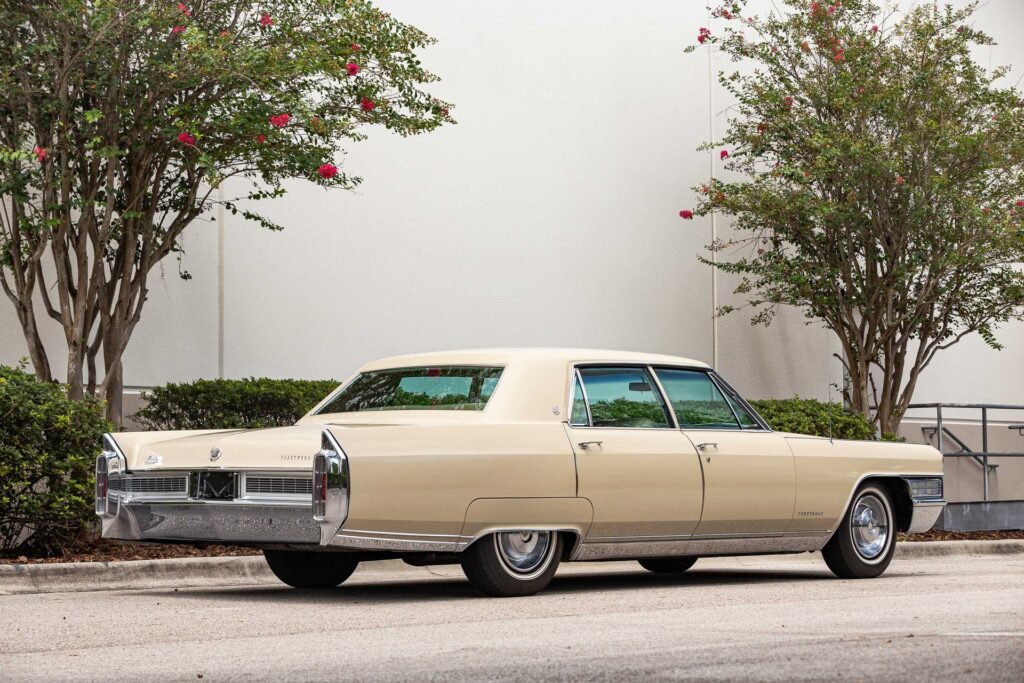
Like every U.S. auto manufacturer, Cadillac was forced to downsize its products as the ‘80s dawned, somewhat of a problem for a marque whose motto could have been “Bigger is Better” instead of the self-proclaimed “Standard of the World.” The cars devolved into little more than tarted up versions of other GM platforms. An air of desperation crept into Cadillac’s efforts to attract a younger demographic when they licensed Led Zeppelin music for television advertising at a time when the brand’s offerings were more suited to Air Supply. The 4-cylinder Cimarron and the slow-selling, Opel-based Catera (“The Caddy That Zigs”) marked the low points.
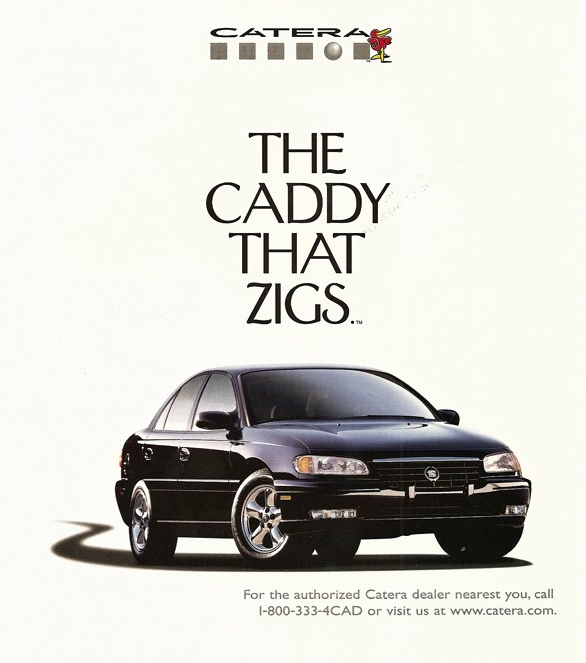
Strangely, the transformation of Cadillac’s product line and image started in 1999 with the introduction of the Escalade SUV. This leather-lined, blinged-out upgrade of the popular Chevrolet Tahoe was not only a cash cow for Cadillac and GM, it became a symbol of success for rap music artists and their fan base. The Escalade, which sells for upwards of US $100,000, remains Cadillac’s halo model, and its recently introduced smaller SUVs (XT4, XT5, and XT6, all badge-engineered versions of lesser GM products) are the brand’s current bestsellers.
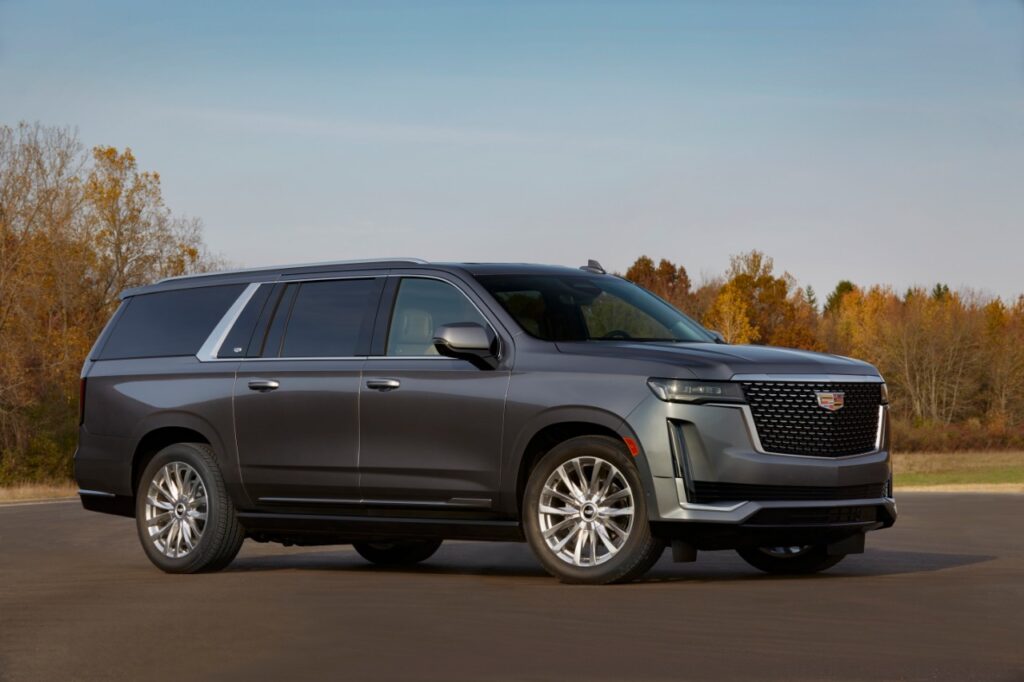
Revitalization of Cadillac’s car lines began in 2003 with the introduction of the CTS, featuring a new rear-drive platform. A performance version featuring a V-8 engine shared with the Chevrolet Corvette called the CTS-V appeared a year later, along with an SCCA road racing program. Since then, Cadillac has attempted to model the V-series as separate high-end brand similar to Mercedes AMG and BMW M (not to mention Toyota’s more recent GR and Hyundai N) that emphasizes all-out performance in addition to luxury.
The current V-series offerings include the CT4-V, which is pitched against the BMW M3 and M4, and the CT5-V, a genuine M5 rival with a range-topping Blackwing version that includes a 668-horsepower supercharged V-8 and a 6-speed manual transmission. Clearly, this is not your grandfather’s Cadillac.
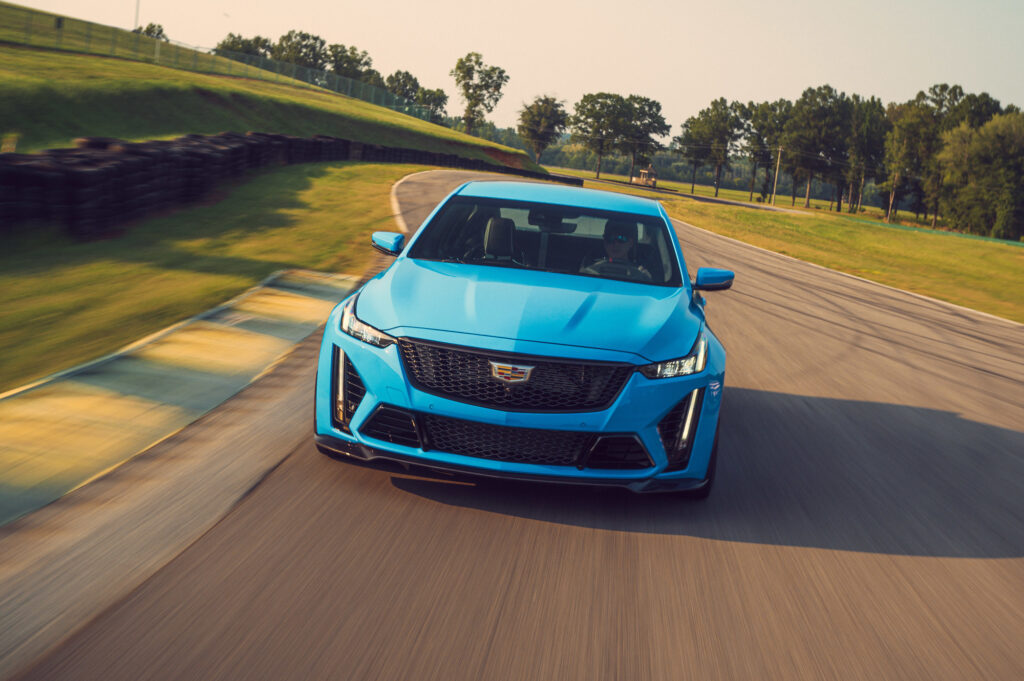
While not to the level of Chevrolet or Ford, Cadillac does boast a significant racing history. In 1950, an Allard with a Cadillac engine finished third overall at Le Mans and the legend still persists of ‘Le Monstre,’ a Cadillac Model 61 rebodied into an ugly streamliner by Brooks Cunningham that claimed 11th place. Cadillacs also featured in early NASCAR racing and in the Carrera Panamericana race run through Mexico in the ‘50s. In the modern era, the CTS-V and its successors earned championship pedigree in SCCA and IMSA racing.
Cadillac’s first official factory attempt at a Le Mans prototype program from 2000-2002, in conjunction with Riley & Scott and DAMS, was unsuccessful. GM took Cadillac back into prototype racing in 2017 with an IMSA DPi (Daytona Prototype International) car based on Dallara’s LMP2 design. With Cadillac as a leading light, the DPi formula has been very successful for IMSA; Cadillac won the 2017 and 2018 DPi titles, before coming second to the Acuras fielded by Team Penske the last two years.
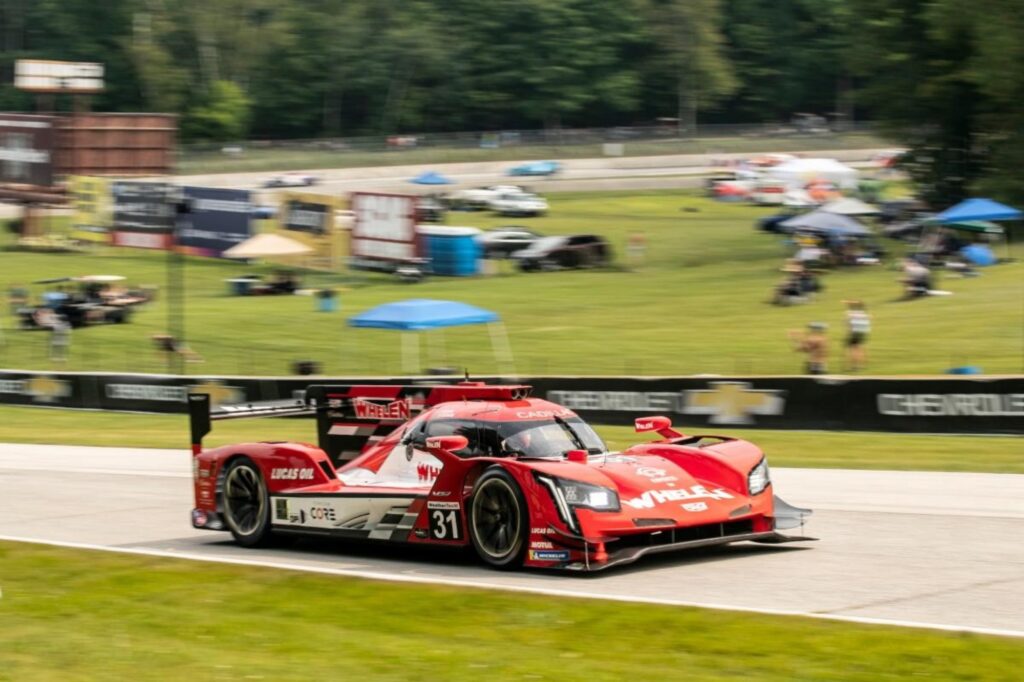
Part of the appeal to Cadillac of continuing in prototype racing is the convergence of regulations that will allow IMSA’s future LMDh cars to compete on level terms for overall victory with Hypercars at the 24 Hours of Le Mans and other WEC races. GM views the Cadillac racing program as a key element in promoting and growing the brand worldwide, and winning Le Mans would no doubt provide the marque with an enormous image boost. Could it also result in increased credibility (not to mention sales) in Europe and Asia?
This column originally appeared in Autosport (Japan) magazine
